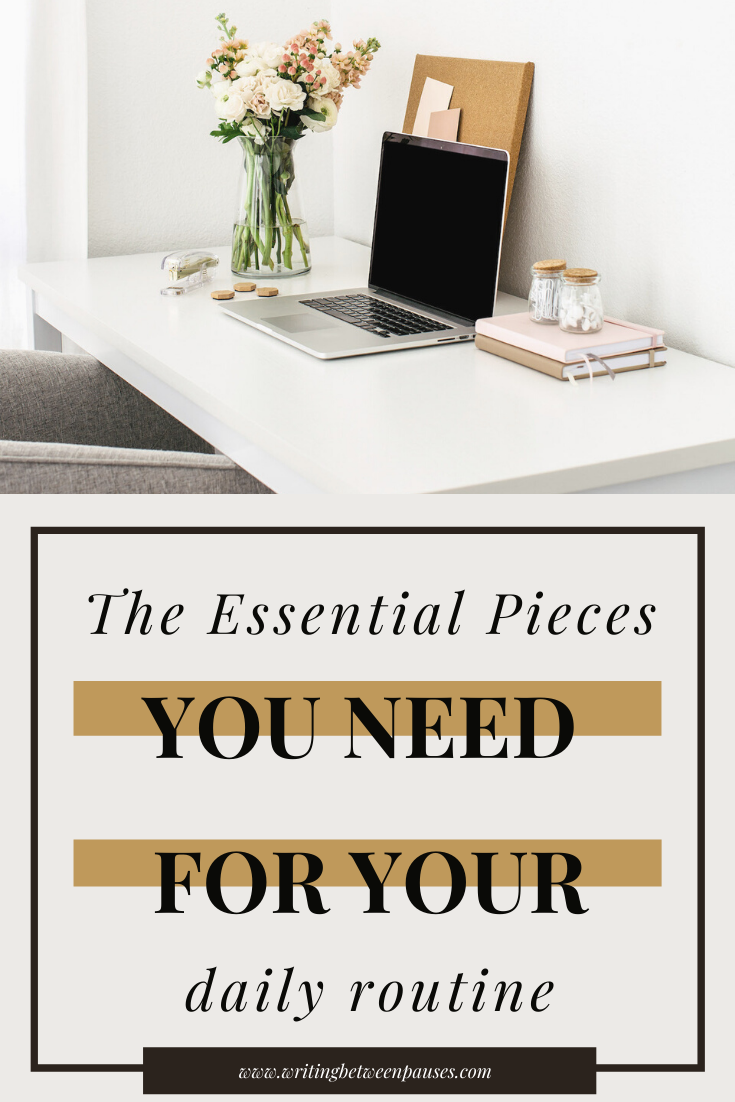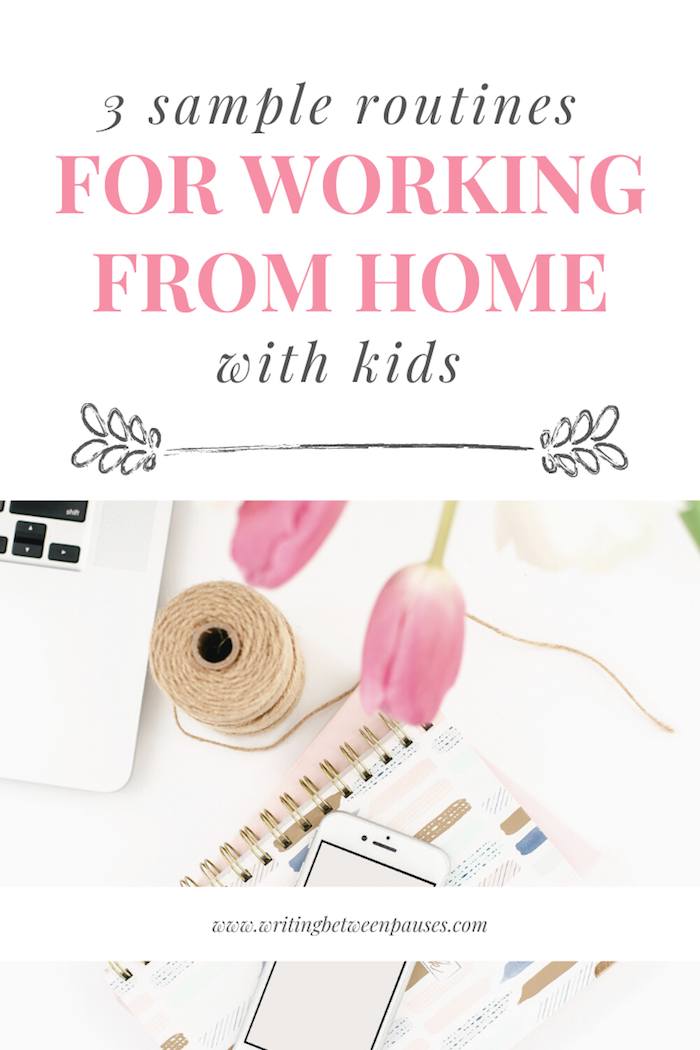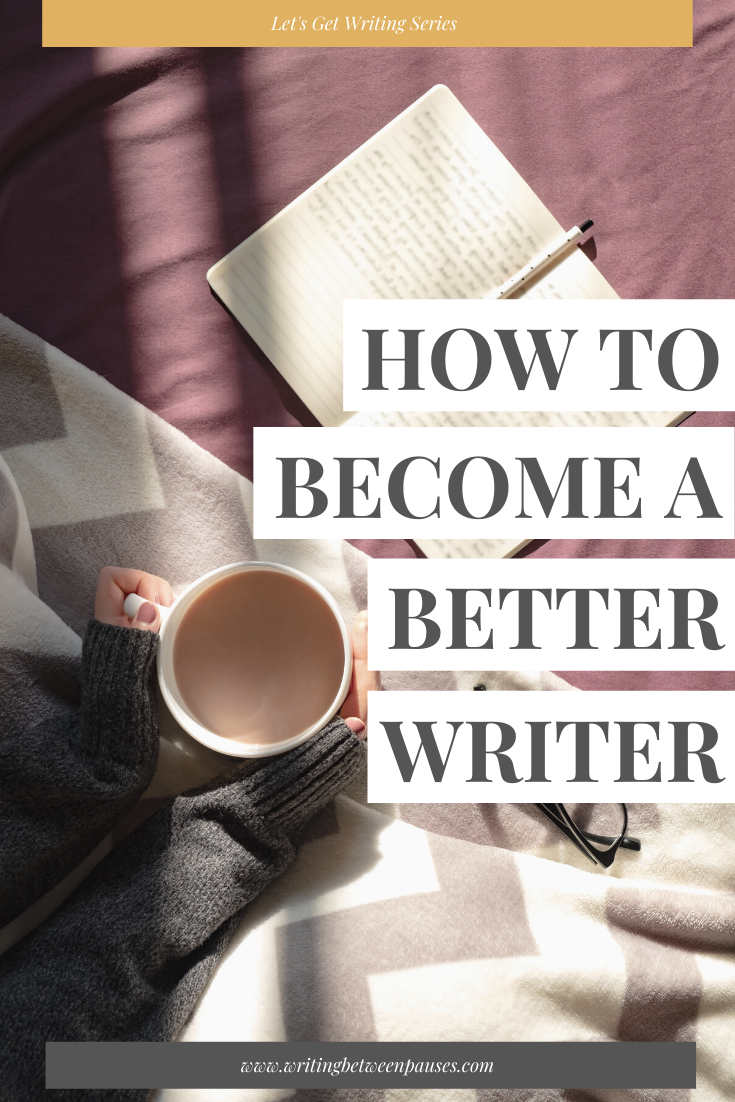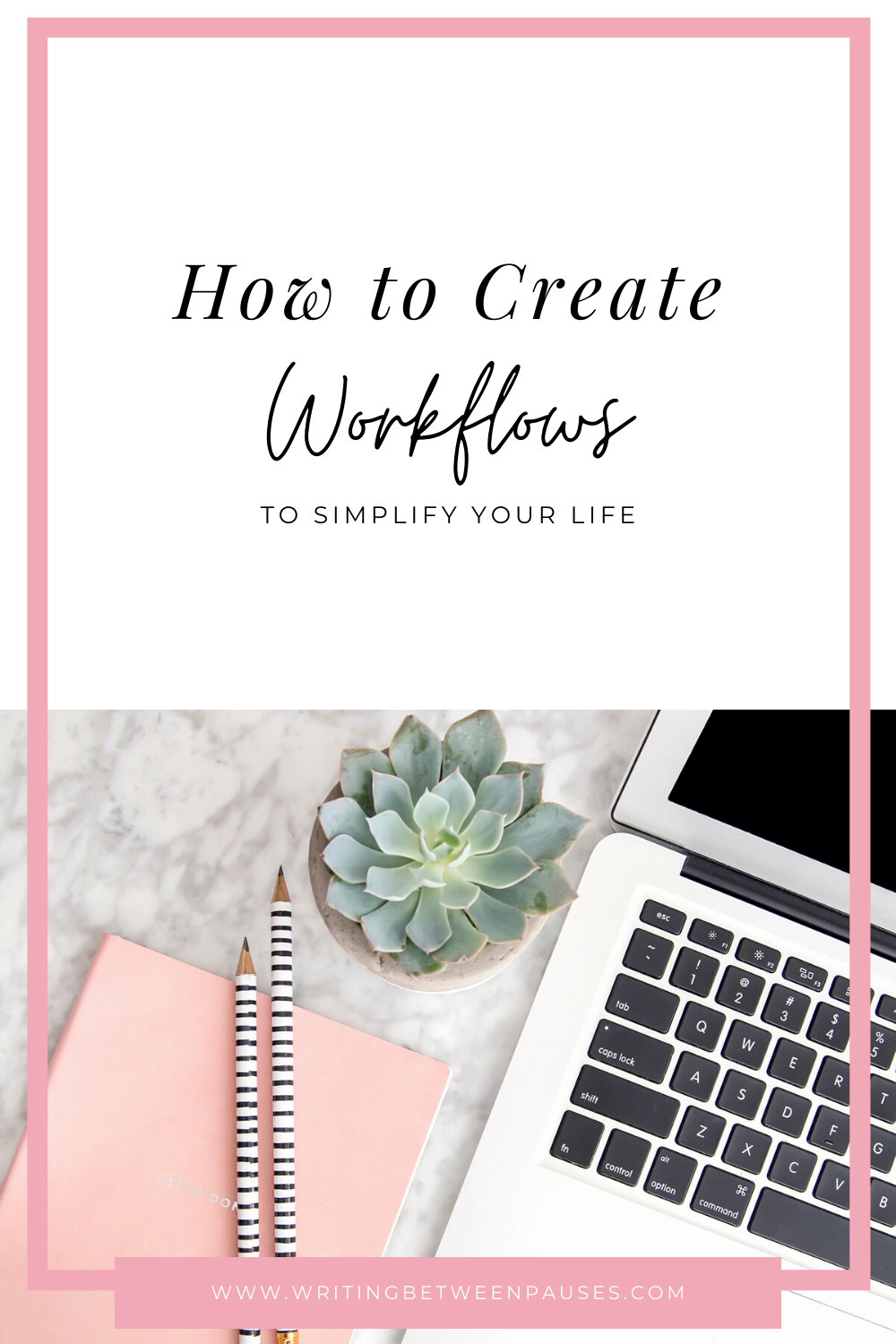Are you anti-resolutions? Do you think New Year’s isn’t a great time to make a change to your life? Do you get tired of the jokes about “I start today—just kidding, next year”? Did you grow up seeing late night talk show hosts joking about New Year’s Resolutions? Well then, you’re in the right place!
I’m kind of anti-resolution myself. I think the idea of the New Year being a time to completely change your life is a tough one. But that being said, there isn’t something about that “New Year, New Me!” feeling. January 1 is a great time to set goals for the year, decide what you want to achieve, and work on changing things.
This year, I decided to do something different in my journal. I didn’t just set my yearly goals. I set anti-resolutions: things I don’t want to do this year and things I don’t want to change about myself. Yeah, that’s right: I did the thing that goal setting experts always say not to do. But I found it really cathartic.
Why I Think Setting Anti-Resolutions is Good for 2021
If you’ve been struggling this past year (and truly, who hasn’t been?), you might think there was nothing good about 2020. Nothing positive. And while I whole heartedly kind of agree with you, I do think it’s important to look at the things we’ve learned about ourselves, about our place in the world, and about our community and decide what we want to be moving forward.
Anti-resolutions are a way of telling yourself: in 2020, I was enough. Even if I didn’t achieve what I thought I would. Even if I gained weight. Even if I stopped doing XYZ. Even if, even if, even if. In 2020, you were enough, regardless of what you did or did not do.
How to Set Anti-Resolutions
First things first, look at your past year with a critical lens. What did and did not work for you? What was the most difficult part of the year for you? What did you learn about yourself this year?
Write those things down. Journal about it. Get really into your feelings about it. Write down the things you’re scared to write down. The things you were most challenged by.
Now, look at everything you’ve written and ask yourself, really: what would you not change about yourself this year? What was something that defined the last year in terms of you? Your resilience? Your strength? Those are your anti-resolutions: the parts of yourself that stuck around when you needed them most.
Here are a few examples that I wrote down for myself:
I will not be bogged down by diet and body talk this year.
I will not work to shrink myself.
I will not stop being over-the-top when it comes to at-home activities for Forrest.
What are your anti-resolutions? Let me know in the comments!





















